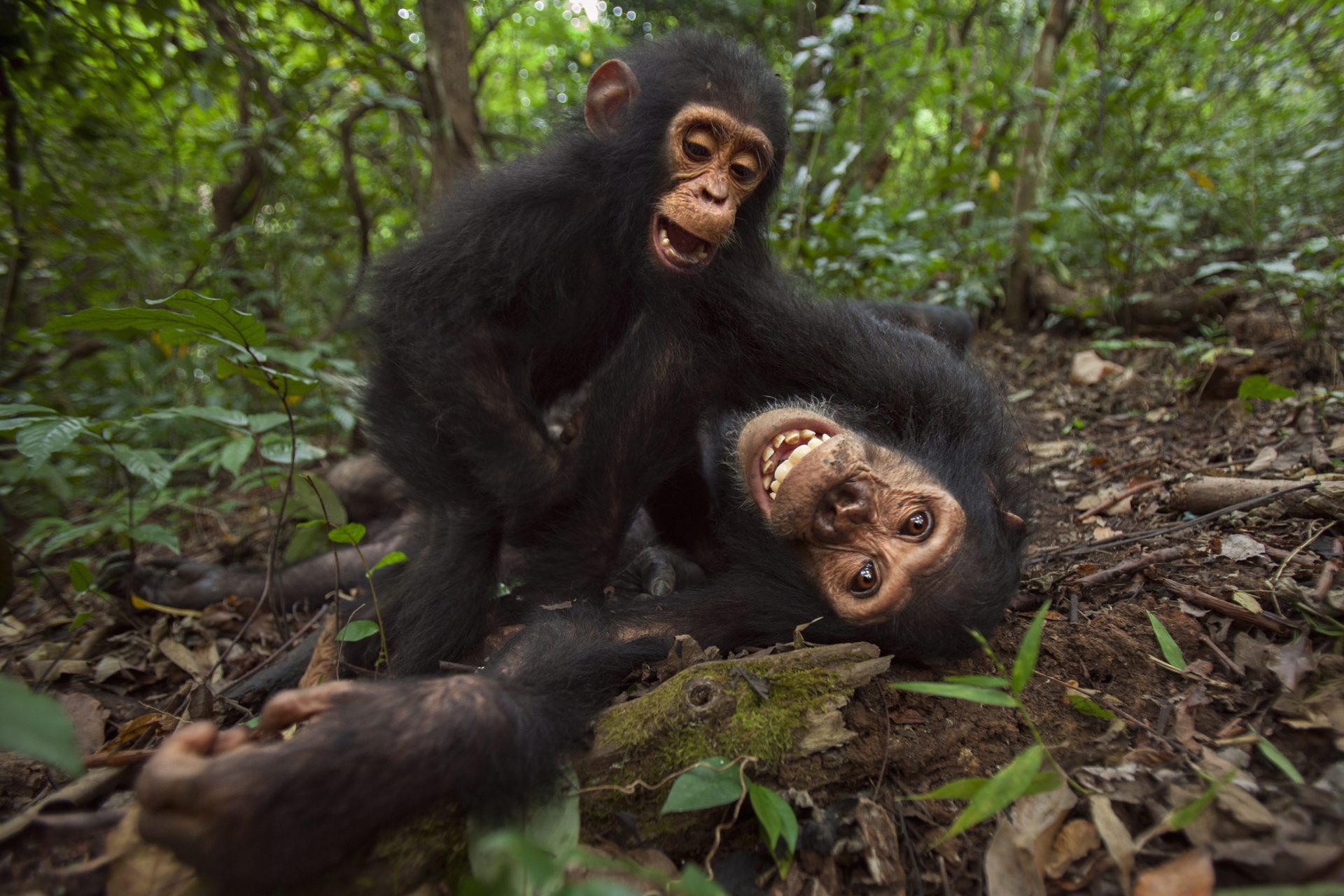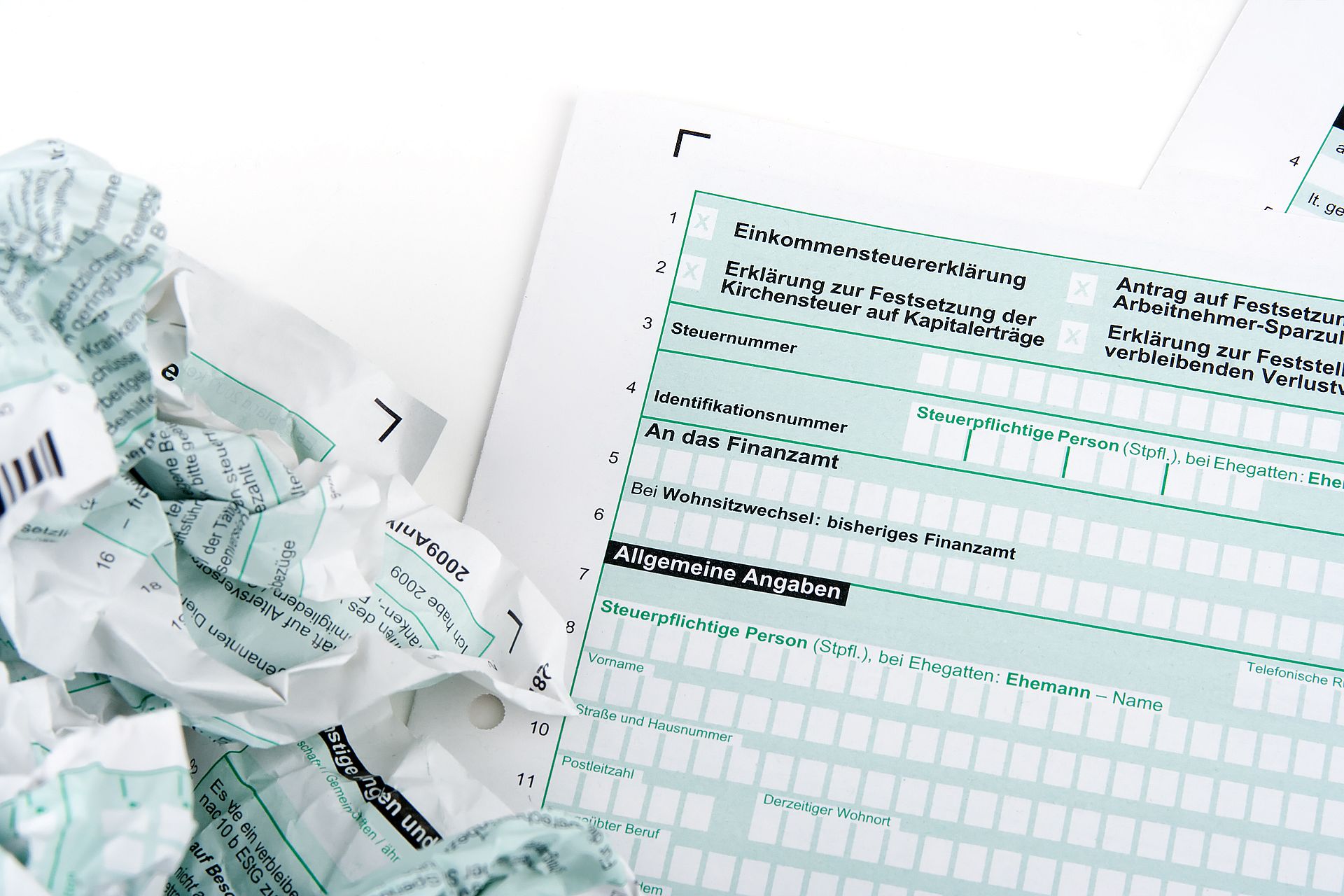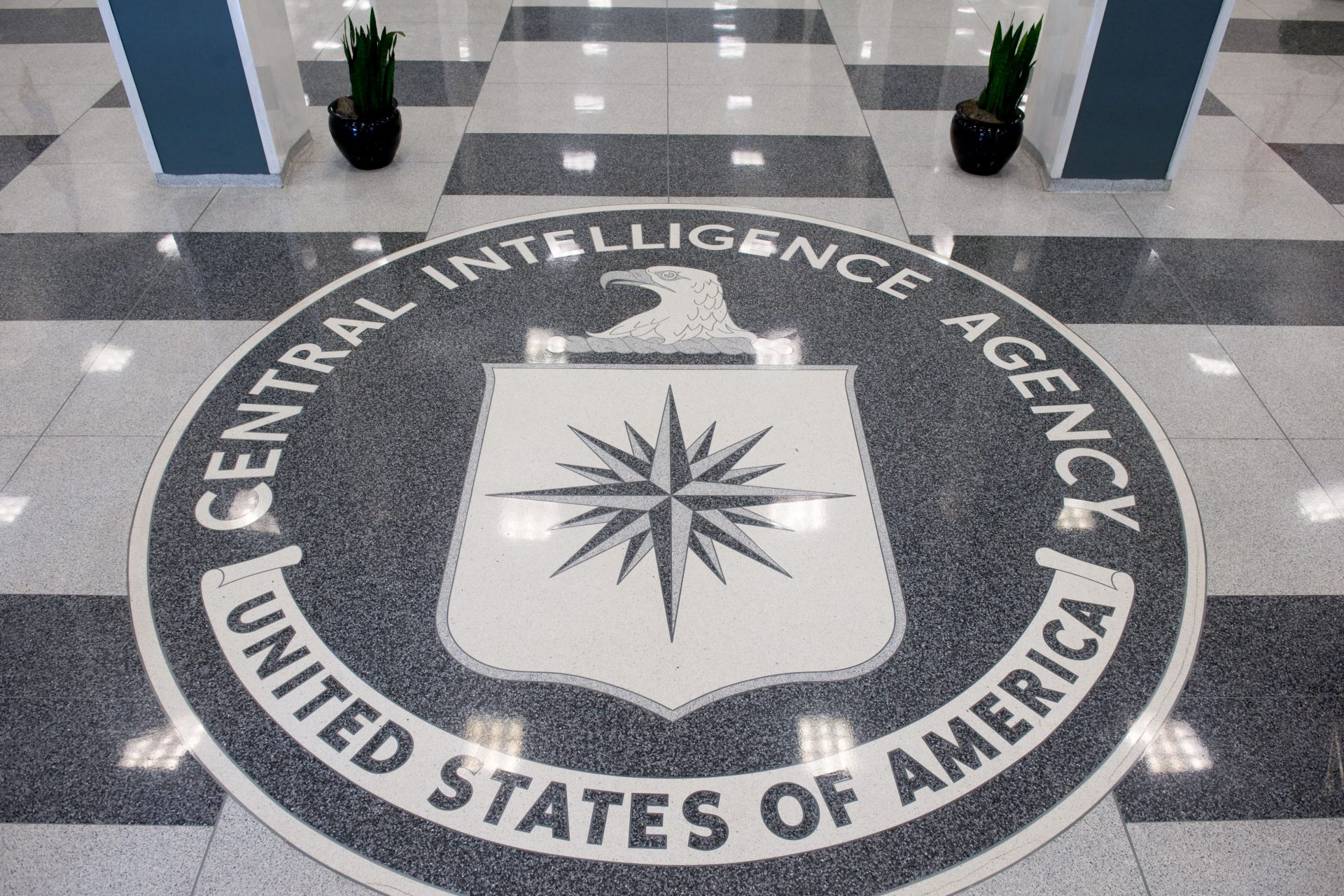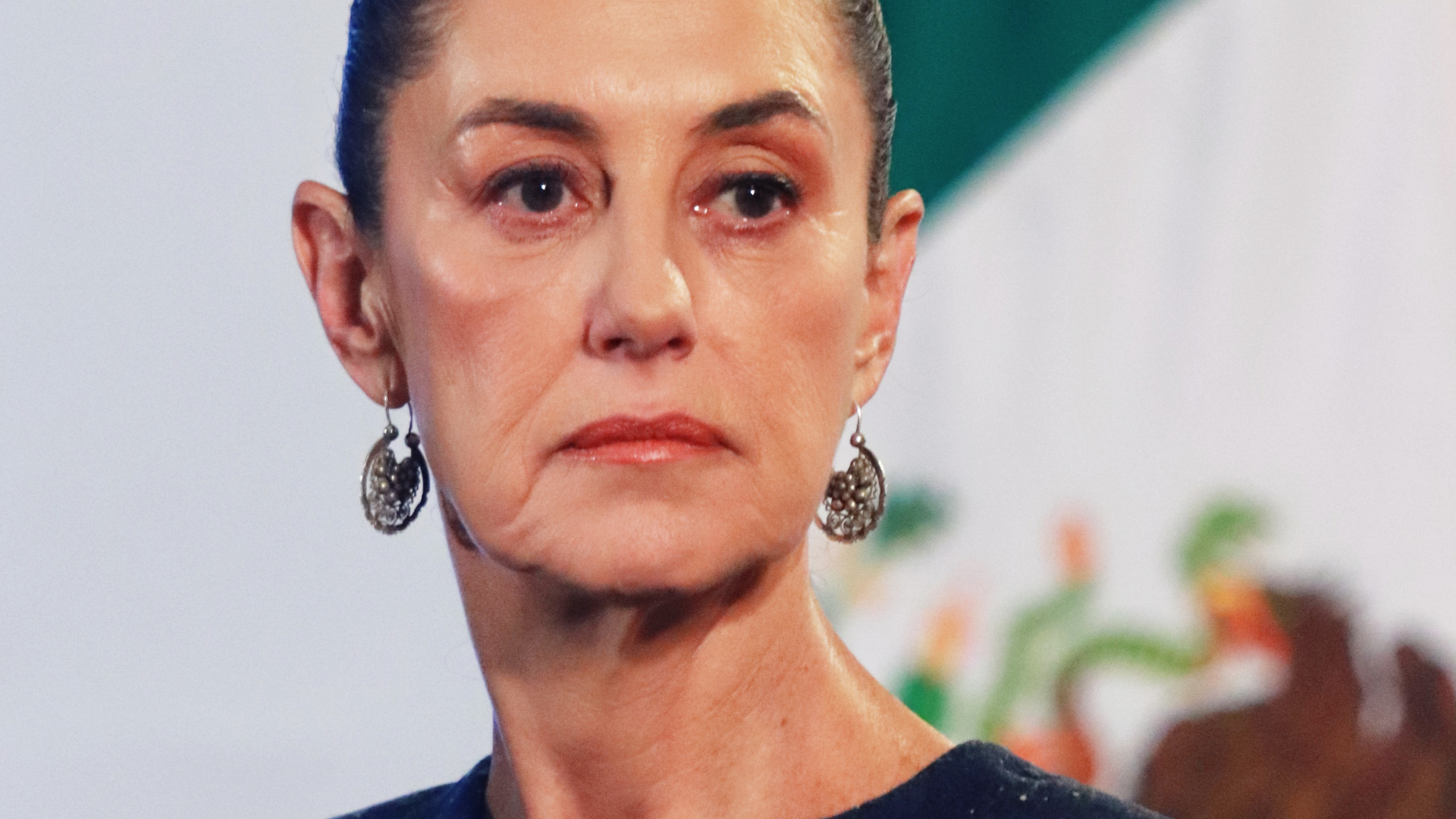Half ape and half man - why did scientists create this creature?
A scientific team from the Californian Salk Institute for Biological Studies, working in China with private donations, has created a living organism that is a mixture of human and monkey.
Created in a Chinese laboratory, the organism has genetic characteristics that result from hybridising monkey and human. It is a further step in what some media have dubbed Project Chimera.
The chimera is a mythological beast that mixes two types of animal. This scientific project may raise ethical doubts, but it has medical objectives that could save many lives.
It all started with stem cells created in the laboratory. Now, scholars are going further. At the Salk Institute they are studying the evolution of a living organism in which human organs can exist in a hybrid environment, in this case monkey-human.
Once such a process is set in motion, one may somehow be able to create organs for transplantation in a laboratory.
The Salk Institute's studies to create hybrids have worked between rats and mice. The aim was to get as close as possible to 50% of cells from one species and 50% from the other. With rodents, it can be achieved.
In 2017, a mixed pig-human embryo was created, but the results were not good. Pig cells prevailed massively. Barely one in 10,000 cells was human.
The genetic proximity between monkeys and humans has convinced the Salk Institute's scientific team that the hybridisation they have achieved in the Chimera Project may be viable.
Scientists deny that this is about creating living beings that function as 'organ factories.' They claim that this research process could lead to the discovery of a solution to organ procurement without cruel or aberrant practices.
In fact, for ethical reasons, the embryo created from a monkey-human mix will be destroyed when it reaches 14 weeks. This is the moment when, according to scientists, nerve connections and other complex elements of a living being are created.
However, Juan Carlos Izpisúa, a Spanish scientist who is part of the team that created the monkey-human mix, believes that ethical standards may need to be rethought. "History shows us that over time our moral standards mutate, like our DNA," he told El País. It happened, for example, with in vitro fertilisation.
The British novelist H.G. Wells (1866-1946) anticipated this moral debate about the ethical limits of science in 'The Island of Doctor Moreau', a novel in which he imagined experiments that succeeded in mixing animal species. The resulting hybrids were then enslaved by a mad scientist. The novel has had several film adaptations.
China is the scene of experiments such as the Chimera Project. The United States and Europe are much more restrictive, although governments are beginning to open up to accepting some research of this type. For the time being, however, it's the Chinese laboratories that attract scientists from all over the world with interest in this type of work.
The creation of a human-monkey embryo is on the borderline of science fiction, but it is pure reality. We will have to consider how it develops and what benefits it can bring to humanity.
More for you
Top Stories



























